It’s easy to think you’re cleaning effectively, but some habits could be making things worse. Many common cleaning mistakes can leave your home dirtier than you realize. Whether it’s using the wrong products or neglecting certain areas, these oversights add up over time. Knowing what to avoid can make all the difference. Let’s look at some cleaning mistakes that could be sabotaging your efforts.
Using a Dirty Sponge
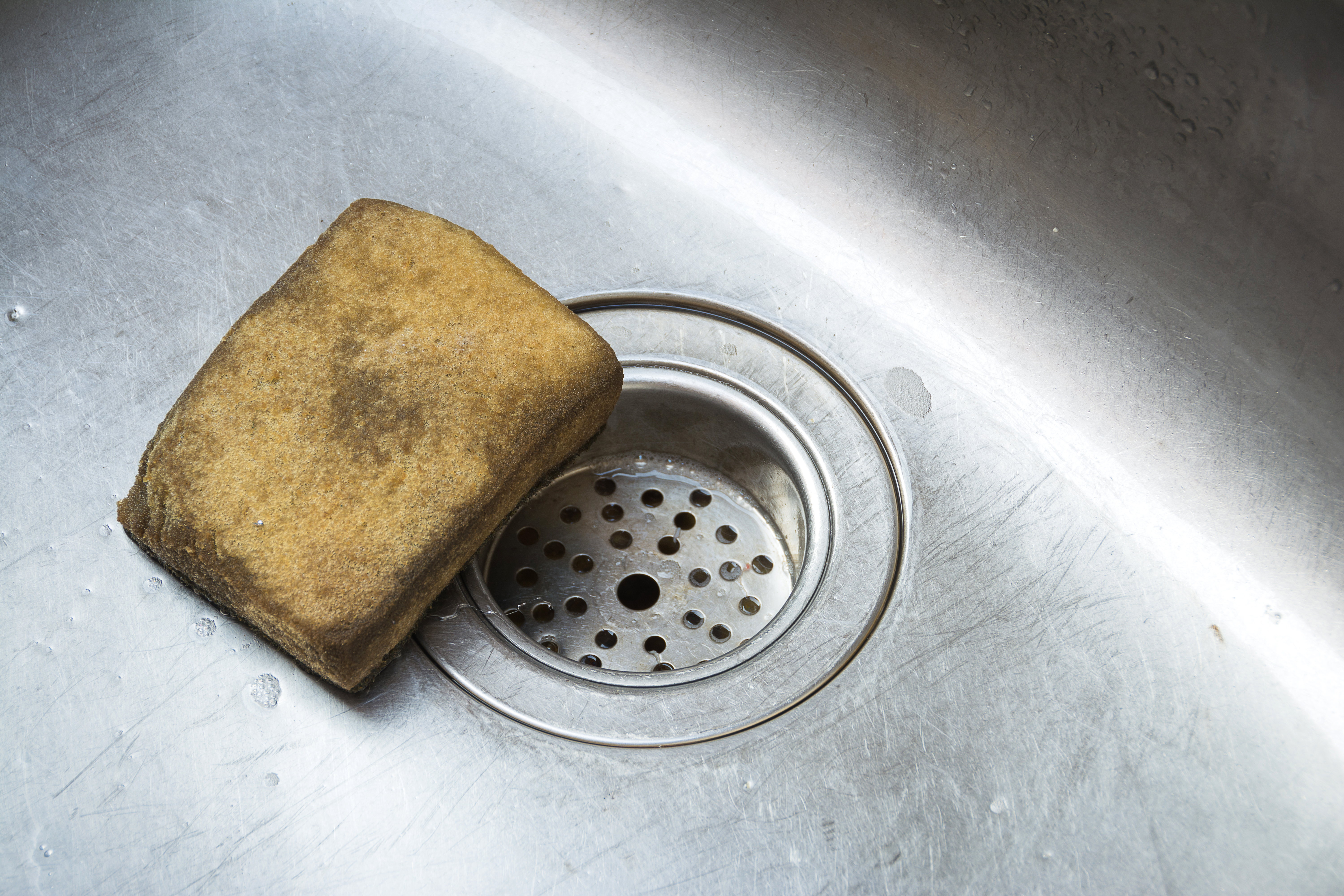
A sponge that’s not regularly cleaned can harbor bacteria, spreading grime instead of cleaning it. To avoid this, rinse sponges thoroughly after each use and replace them often. You can also disinfect sponges by microwaving them for a minute. Be sure to use different sponges for different surfaces to prevent cross-contamination. Clean sponges lead to cleaner surfaces.
Forgetting to Clean Vacuum Filters
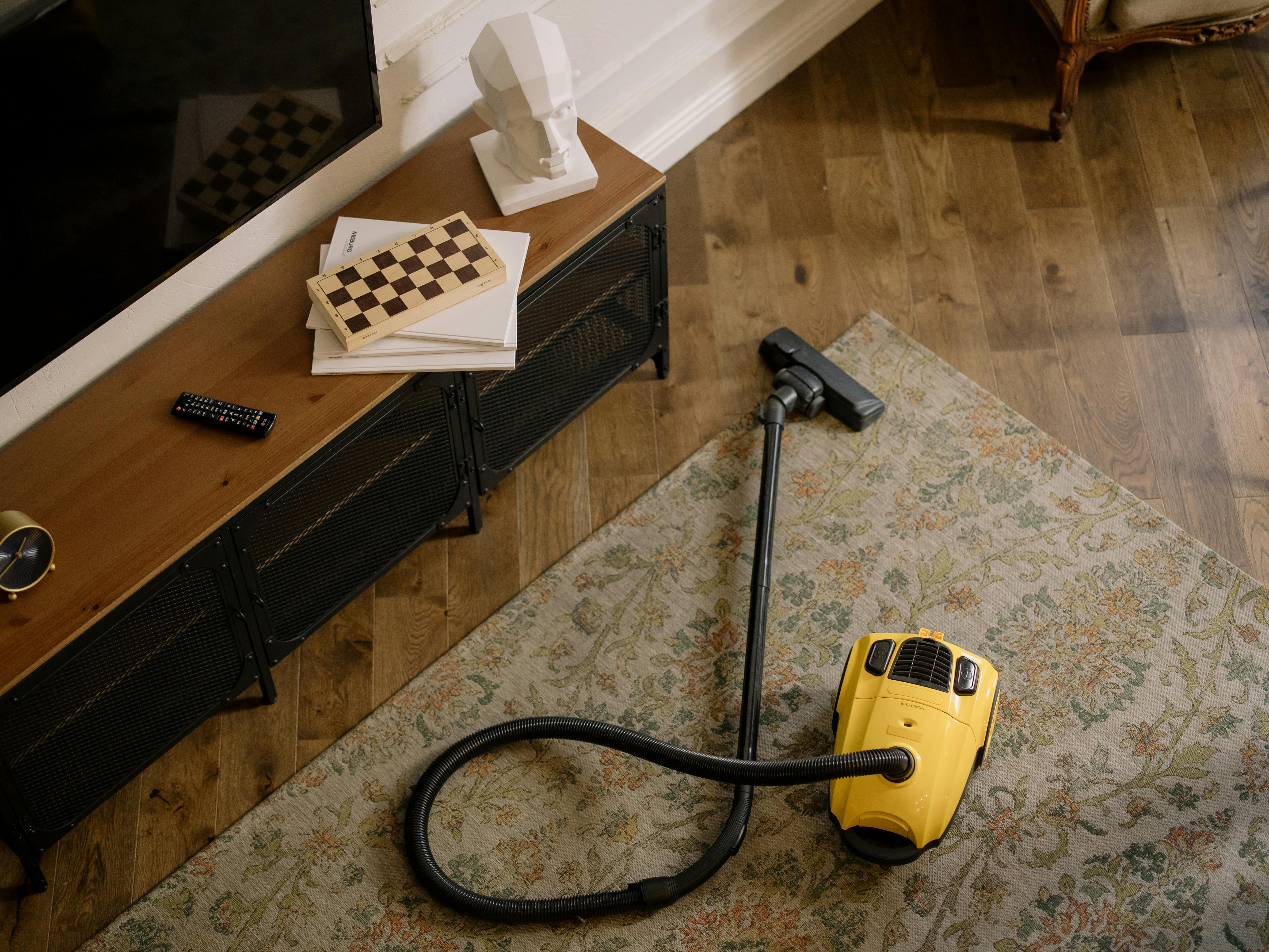
Vacuum filters trap dirt, dust, and allergens, but if they’re clogged, the vacuum won’t work efficiently. Clean or replace filters regularly based on the manufacturer’s guidelines. Check the filter monthly and wash it if reusable, or replace it when necessary. This simple step will keep your vacuum working at its best. A clean filter means better suction and a cleaner home.
Not Letting Cleaning Products Sit Long Enough
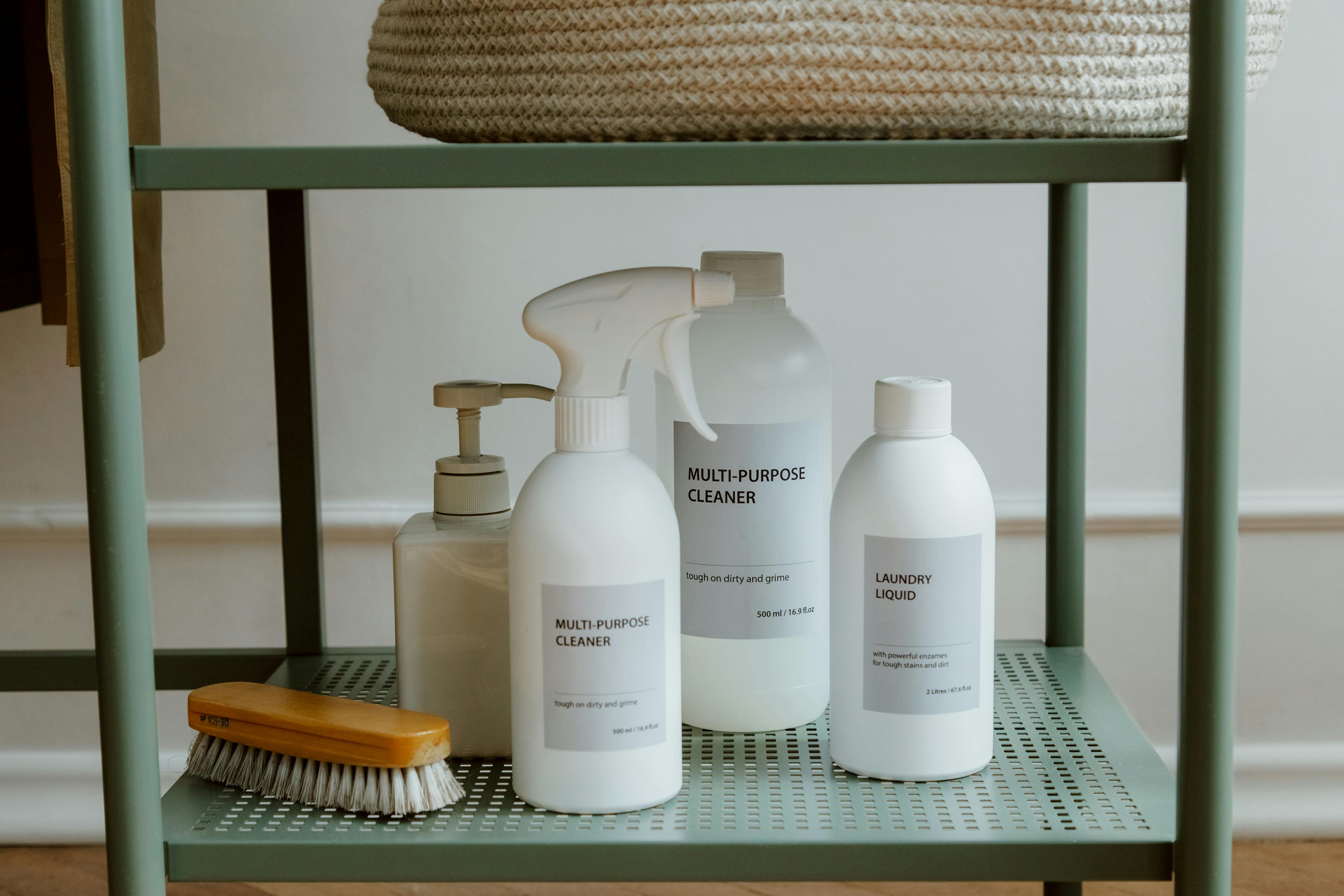
Cleaning products need time to work, and wiping them away too soon can reduce their effectiveness. Always read the instructions on your cleaning products and let them sit for the recommended time. This allows the ingredients to break down dirt and bacteria properly. Patience with cleaning leads to more effective results. Give products the time they need to do their job.
Using One Cloth for the Whole House
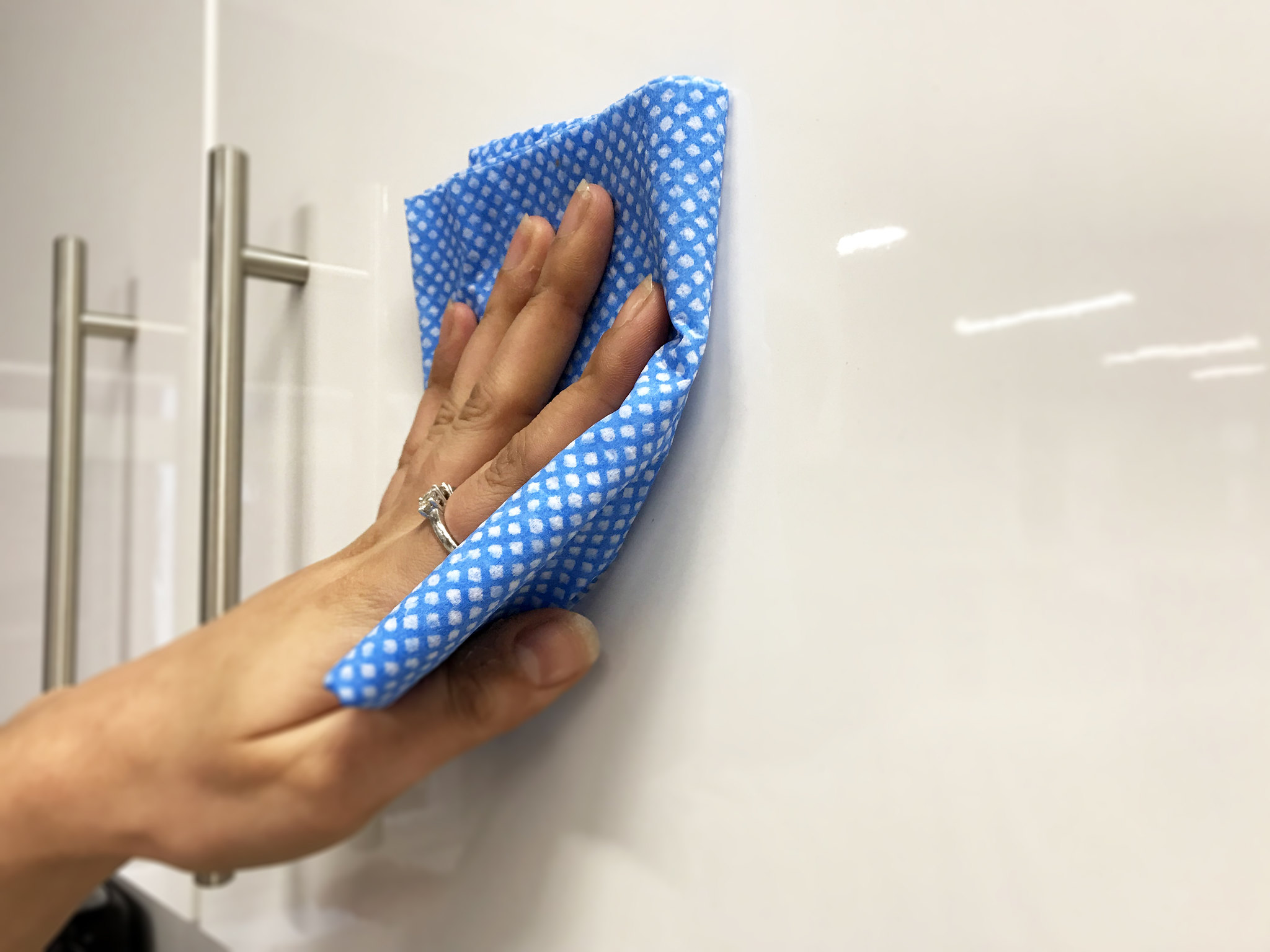
Using the same cloth for multiple surfaces spreads germs rather than removing them. Assign different cloths for different rooms or tasks to avoid cross-contamination. Microfiber cloths work well for trapping dirt without spreading it. After use, wash them in hot water to kill any bacteria. Clean cloths equal a truly clean home.
Not Cleaning the Base of the Toilet
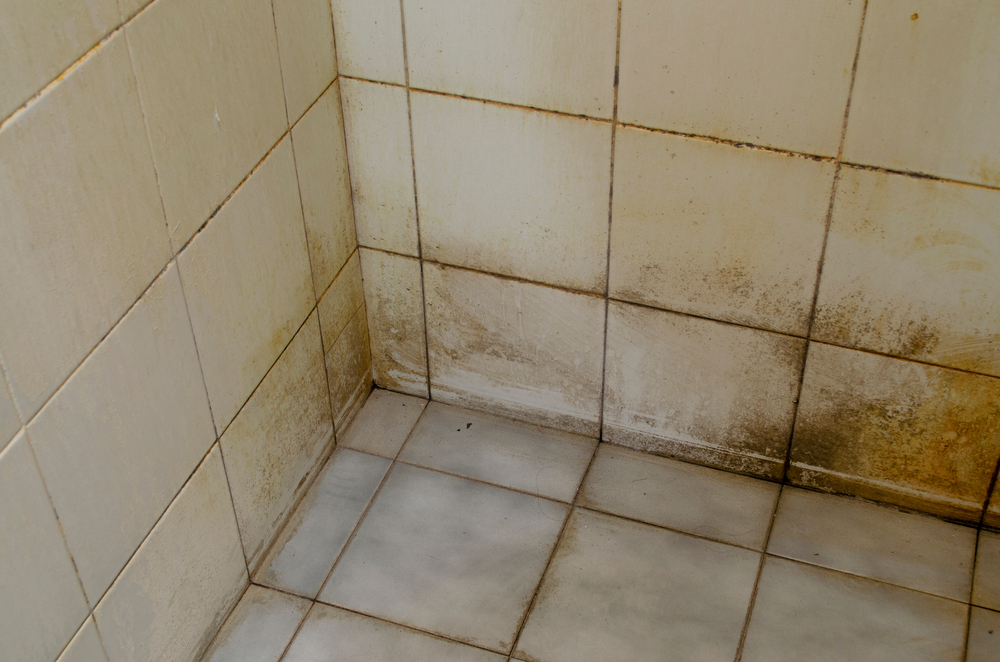
The toilet bowl often gets attention, but the base is a hot spot for germs and grime. Regularly wipe down the base and surrounding floor with disinfectant. Pay attention to the areas behind and underneath the toilet too. Keeping the entire toilet area clean reduces odors and germs. A thorough clean means a fresher bathroom.
Ignoring Window Tracks and Sills
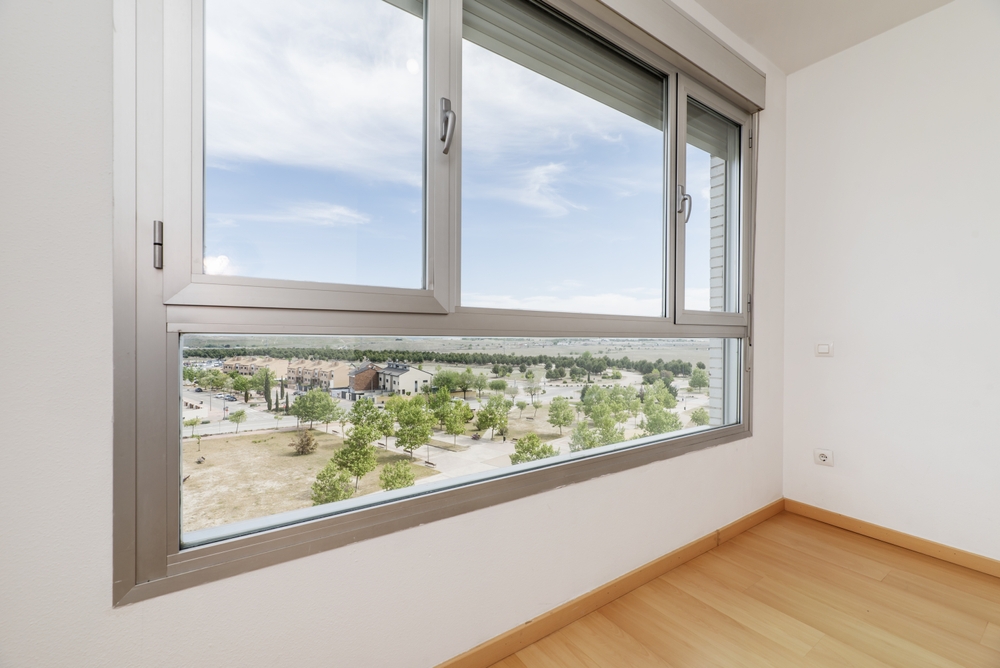
Dust and dirt easily collect in window tracks and sills, yet they’re often forgotten. To avoid buildup, regularly vacuum or wipe down window tracks with a damp cloth. For deeper cleaning, use a small brush to get into crevices. Clean windows brighten your home and improve air quality. Don’t let these small areas be a hidden source of dirt.
Neglecting the Washing Machine
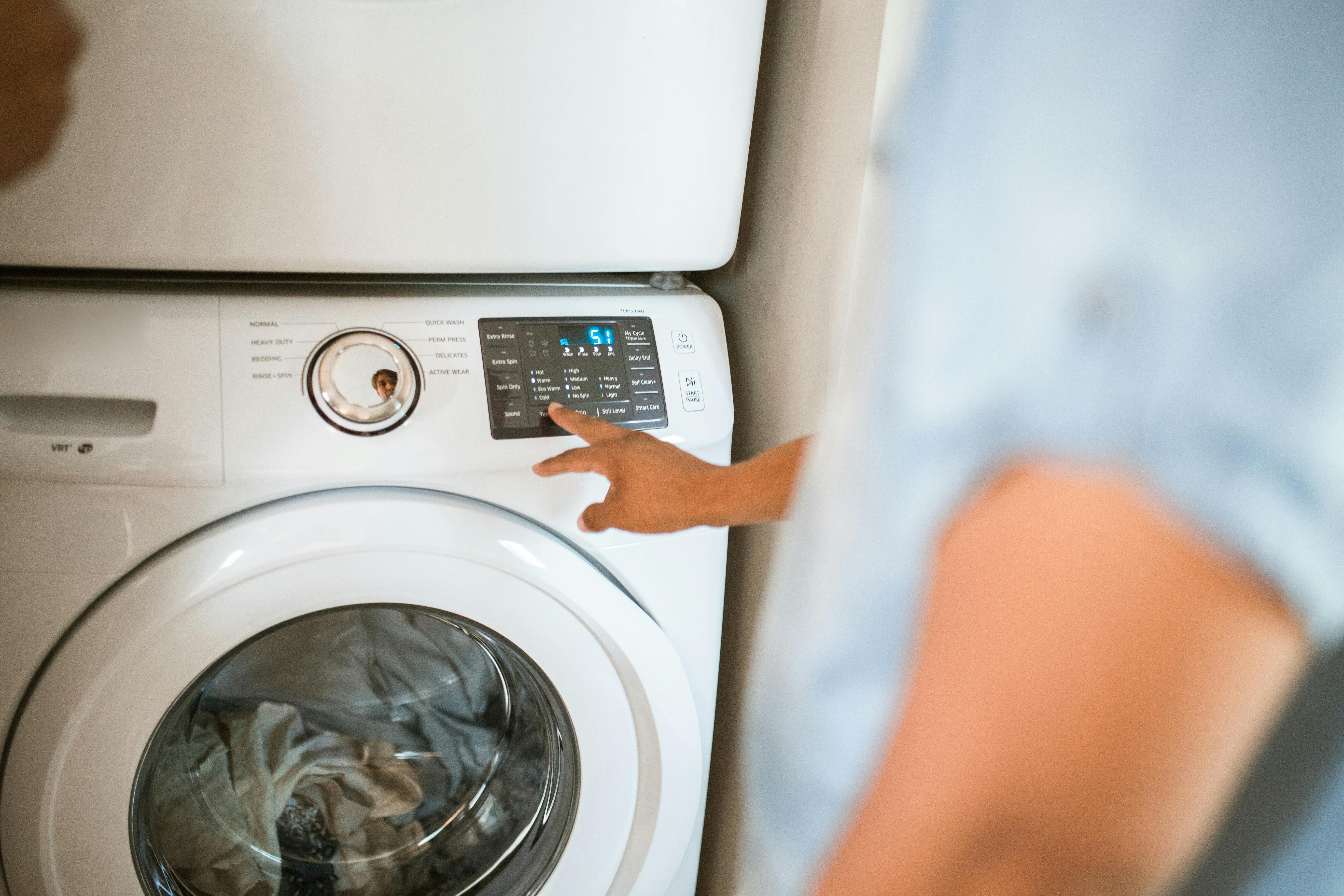
Over time, soap scum and dirt build up inside washing machines, leading to dirty clothes and odors. Run a hot cycle with vinegar or a washing machine cleaner once a month to keep the interior fresh. Wipe down the rubber seals and door to prevent mold and mildew. A clean washing machine leads to cleaner laundry. Don’t forget this vital step in your cleaning routine.
Overloading the Dishwasher
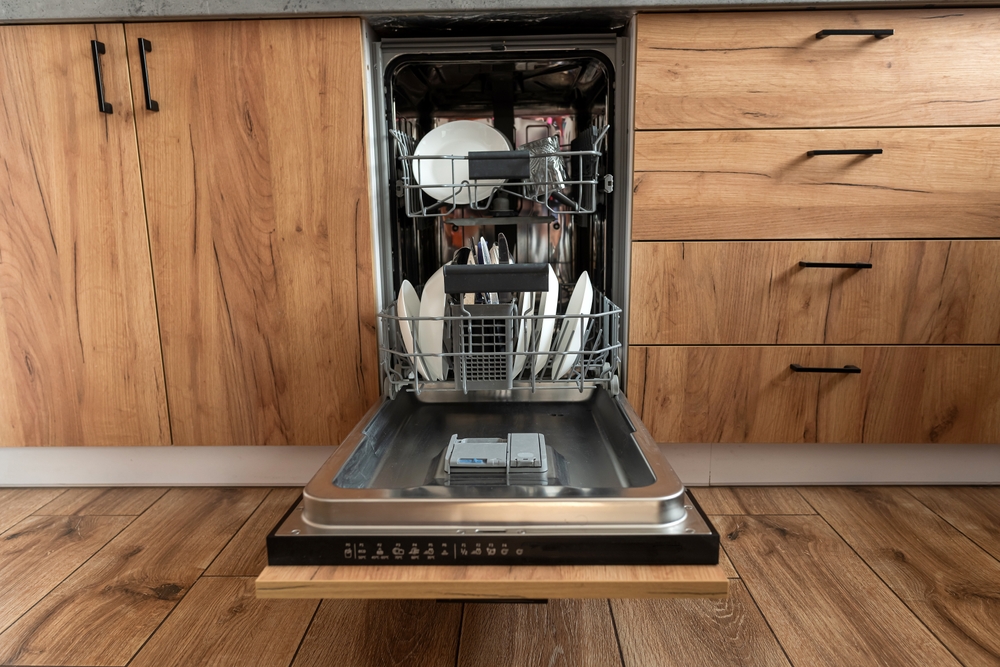
Overloading the dishwasher can block water and detergent from reaching all dishes, leaving them dirty. Avoid this by properly spacing out your dishes so everything gets washed. Don’t stack items or block the spray arms. Regularly clean the dishwasher filter to ensure it runs efficiently. Proper loading means spotless dishes every time.
Using the Wrong Cleaning Products
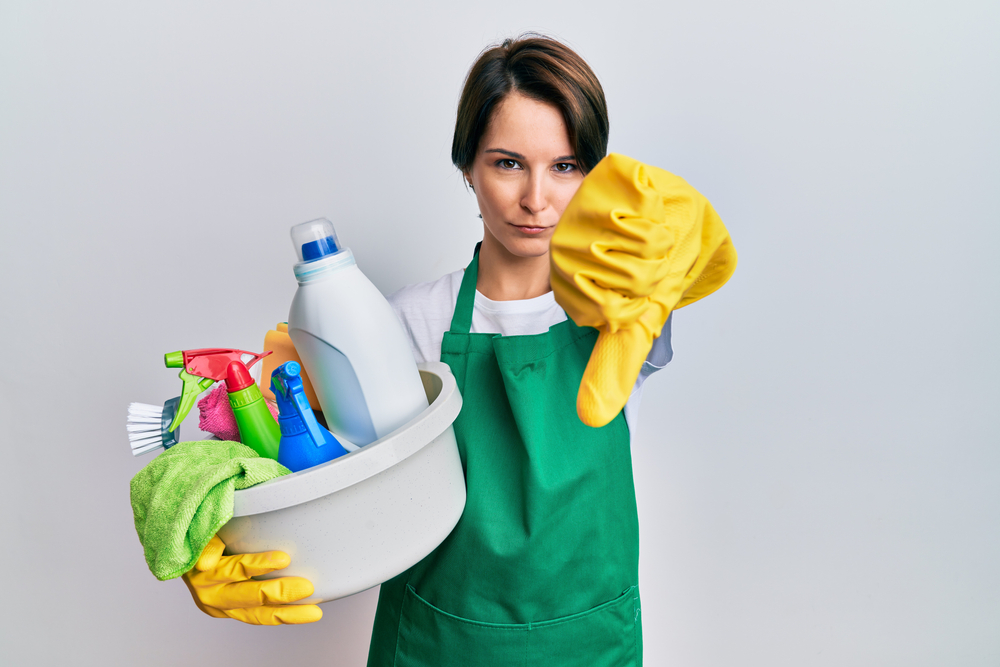
Using the wrong cleaning products can damage surfaces or leave them dirtier than before. Always check that your products are suited for the surfaces you’re cleaning. For example, avoid using abrasive cleaners on delicate surfaces like wood or marble. If unsure, test a small area first. Using the right product ensures better results and protects your home.
Neglecting to Clean the Remote Control

The remote control is touched by everyone in the household, making it a hotspot for germs. Wipe it down regularly with disinfectant wipes or a cloth dampened with alcohol. Be sure to clean between the buttons where dirt collects. Keeping remotes clean reduces the spread of germs. It’s a simple step that can improve household hygiene.
Skipping the Kitchen Sink

Though it’s where dishes get washed, the kitchen sink can accumulate bacteria and grime. Scrub it regularly with a disinfectant or baking soda to remove stains and germs. Don’t forget to clean the faucet and drain area, as these spots harbor bacteria. A clean sink keeps the kitchen fresh and safe for food prep. Make it a habit to clean the sink daily.
Forgetting Ceiling Fans
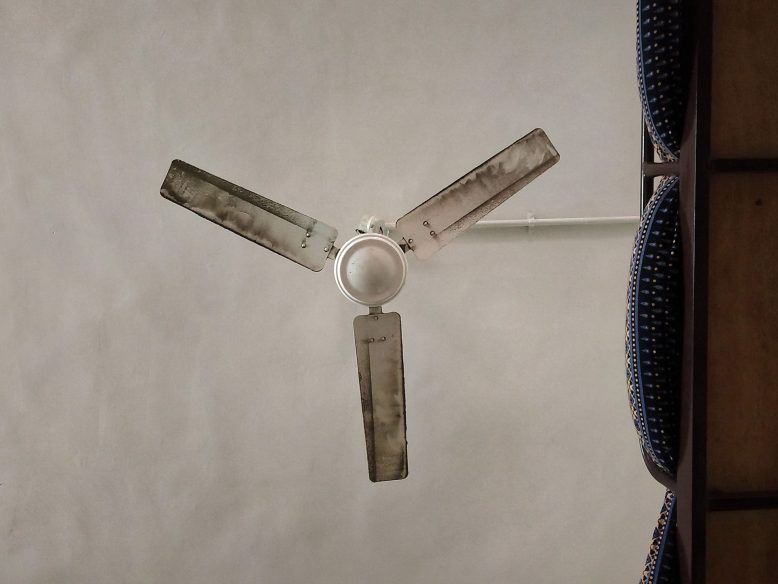
Ceiling fans collect dust on the blades, and when they spin, that dust spreads around the room. Clean the blades regularly with a microfiber cloth or a duster. For deep cleaning, use a damp cloth and ensure the fan is off. This prevents dust from circulating in the air and settling on surfaces. Keeping fans clean improves air quality in your home.
Sweeping Instead of Vacuuming

Sweeping can stir up dust and send it flying into the air rather than fully removing it. For a more thorough clean, use a vacuum with a hard floor setting. This picks up dirt and dust without spreading it around. Regular vacuuming also helps maintain floors by reducing scratches from grit. Ditch the broom for cleaner floors.
Not Cleaning Light Switches
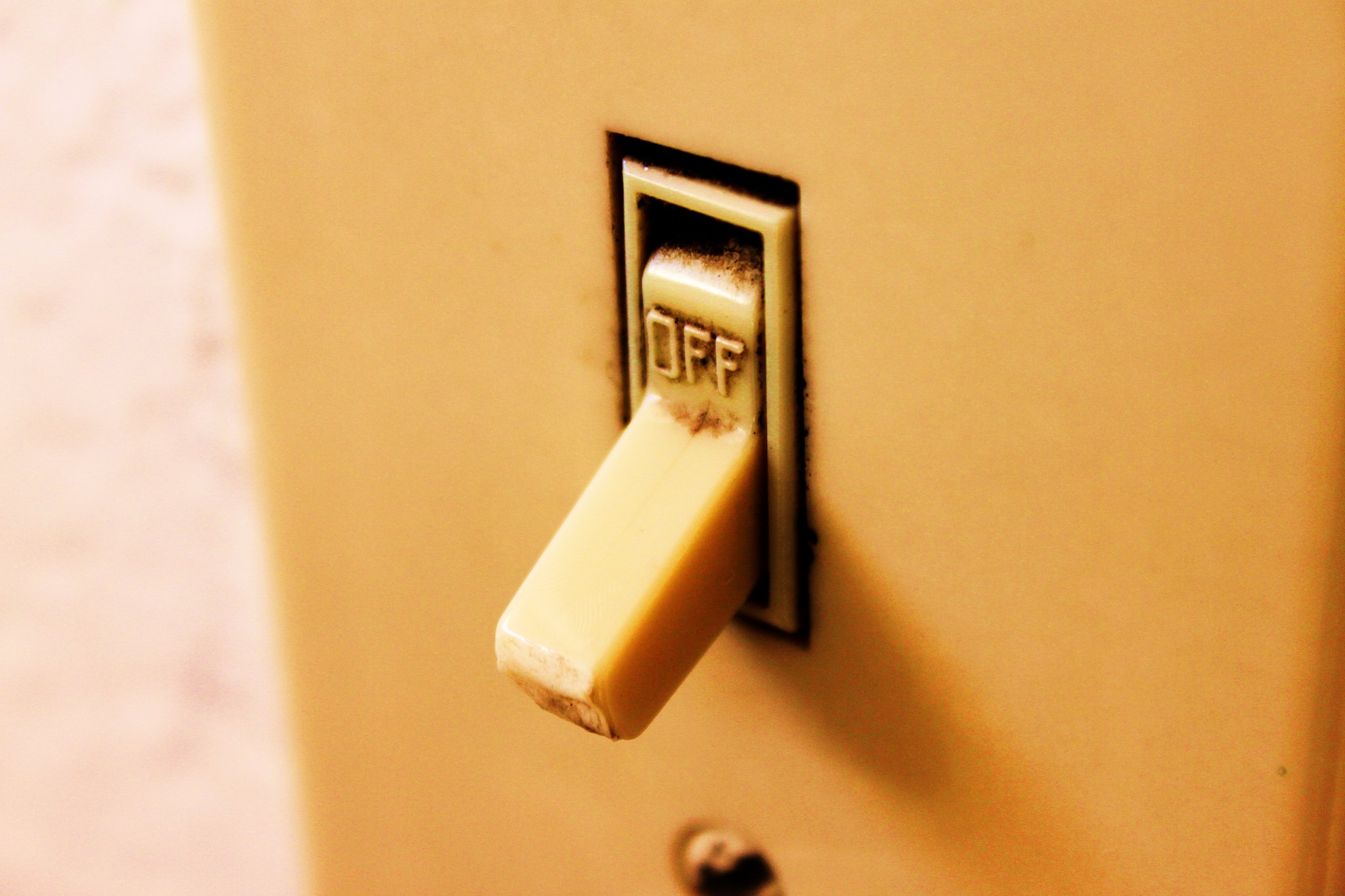
Light switches are frequently touched but often overlooked during cleaning. Wipe them down regularly with disinfectant wipes or a damp cloth with a mild cleaner. Focus on the areas around the switch where fingerprints and grime collect. Clean switches improve household hygiene and reduce the spread of germs. Don’t let these high-touch areas go unnoticed.
Overusing Furniture Polish
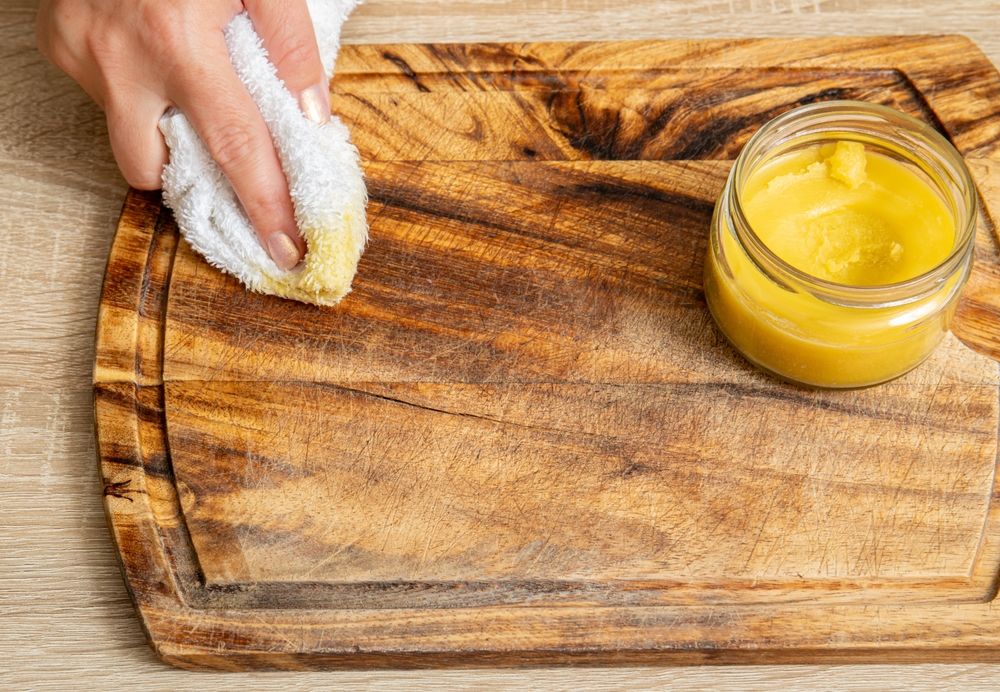
Using too much furniture polish can lead to sticky surfaces that attract dust. Apply polish sparingly and wipe away excess with a clean cloth. Consider using a microfiber cloth to remove dust without the need for polish. Too much polish does more harm than good, so use it wisely. Your furniture will stay cleaner with less buildup.
Forgetting Air Vents and Filters
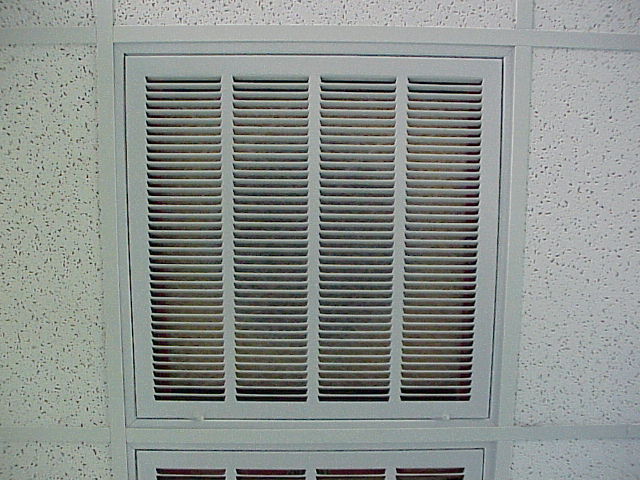
Dirty air vents and filters can circulate dust and allergens throughout your home. Clean vents regularly by vacuuming or wiping them down, and change filters according to the manufacturer’s instructions. Regular maintenance ensures better airflow and a cleaner environment. Don’t let dirty vents compromise your home’s air quality. A clean HVAC system makes a big difference.
Using Too Much Laundry Detergent
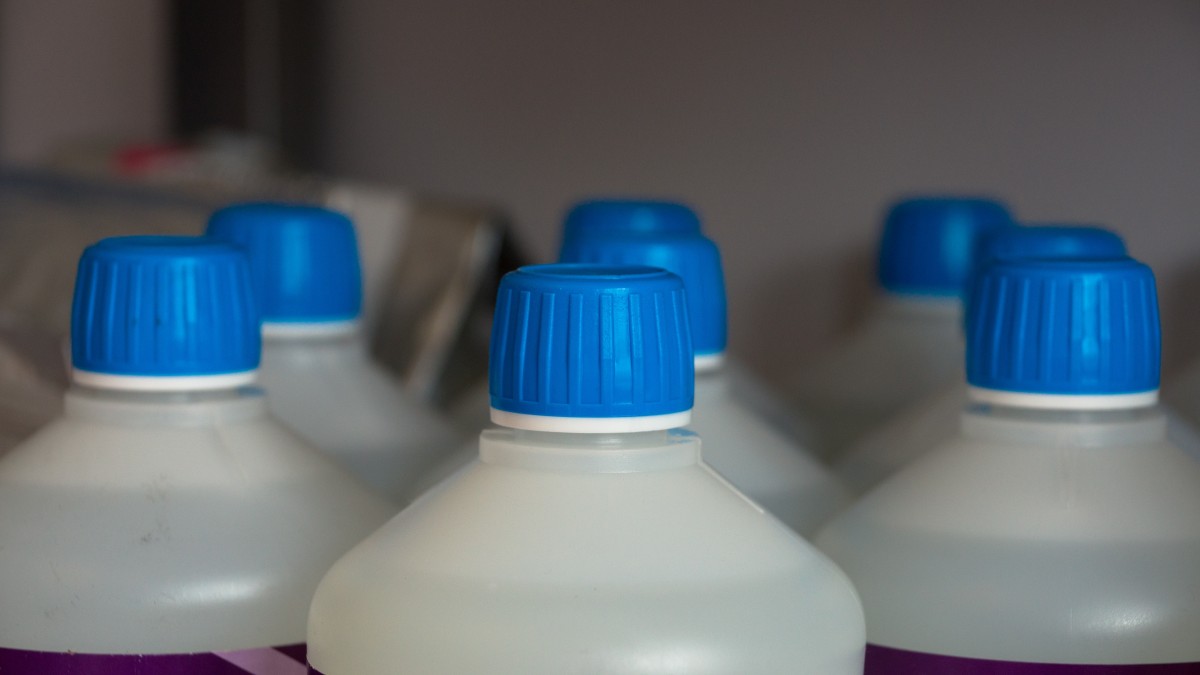
More detergent doesn’t equal cleaner clothes—in fact, it can leave residue on fabrics. Use the recommended amount based on load size and soil level. Too much detergent can also lead to a buildup in your washing machine. Following the guidelines ensures cleaner laundry and a longer-lasting washer. Less is often more when it comes to detergent.
Not Dusting Before Vacuuming
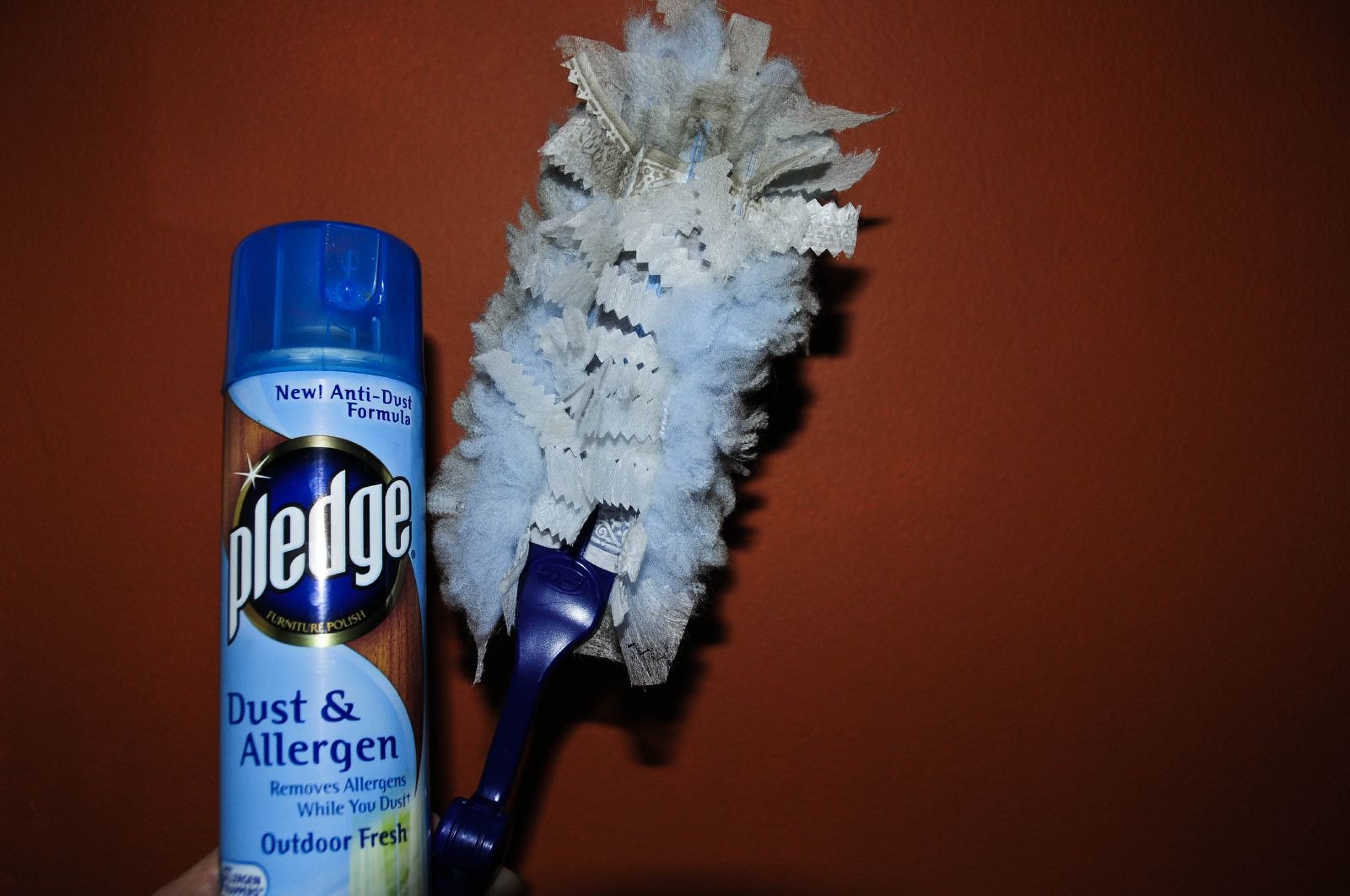
Dusting after vacuuming sends particles back onto freshly cleaned floors. Always dust first to allow particles to settle before vacuuming. Use a microfiber cloth or duster to trap dust instead of spreading it. By vacuuming afterward, you ensure that your floors stay clean longer. This simple order makes a noticeable difference.
Overlooking the Trash Can
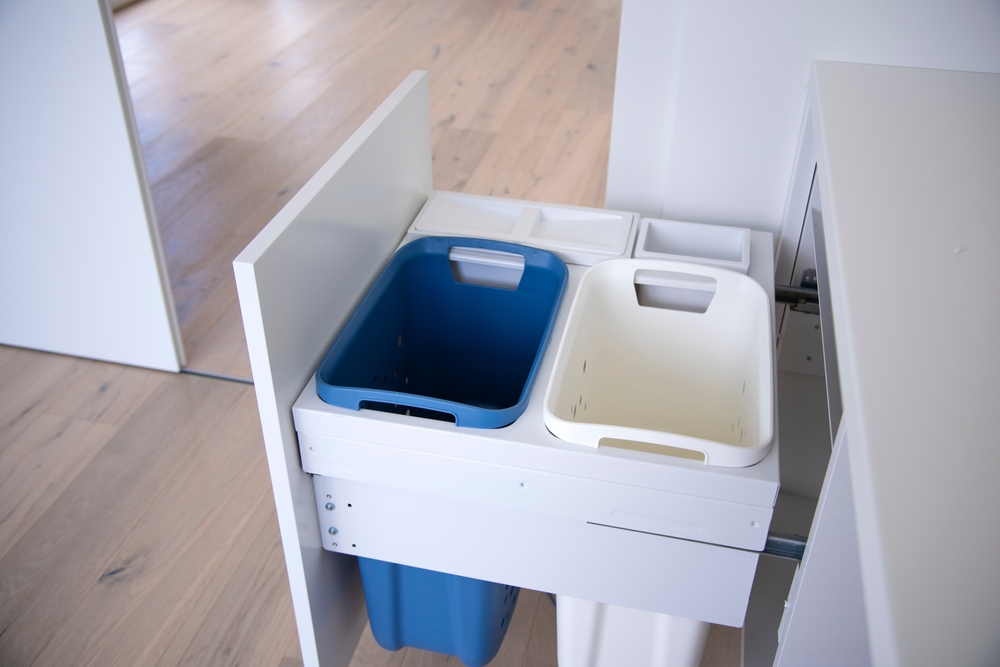
Even with a liner, trash cans get dirty and start to smell over time. Wash out your trash can regularly with soap and water, and use disinfectant to kill bacteria. Pay attention to the lid and exterior as well. A clean trash can reduces odors and keeps your kitchen fresher. Don’t let it become a hidden source of dirt.
Ignoring Door Handles
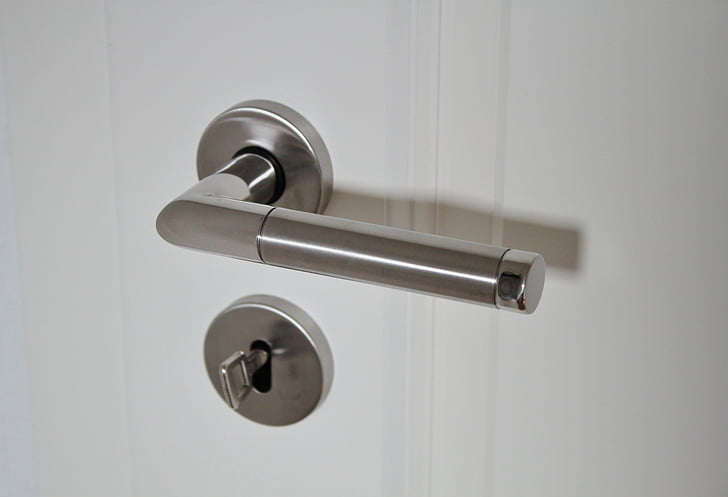
Door handles are one of the most frequently touched surfaces, making them prime spots for germs. Wipe down handles regularly with disinfectant, especially in high-traffic areas. It only takes a minute but can make a big difference in reducing the spread of illness. Clean handles help keep your household healthier. Don’t overlook this small but important detail.
This article originally appeared on UnifyCosmos.
More from UnifyCosmos
15 Classic Fabrics Making a Major Comeback

Fashion is ever-evolving, but some materials are simply too timeless to stay out of the spotlight for long. As designers and fashion enthusiasts rekindle their love for these classic fabrics, they’re reappearing in fresh, modern ways. Read More
19 Picturesque Routes for Experiencing Fall Foliage

Experiencing fall foliage is a breathtaking way to connect with nature as the seasons change. The vibrant reds, oranges, and yellows transform landscapes into stunning works of art, offering unforgettable views. Read More
16 Must-Have Travel Accessories for a Chic Journey
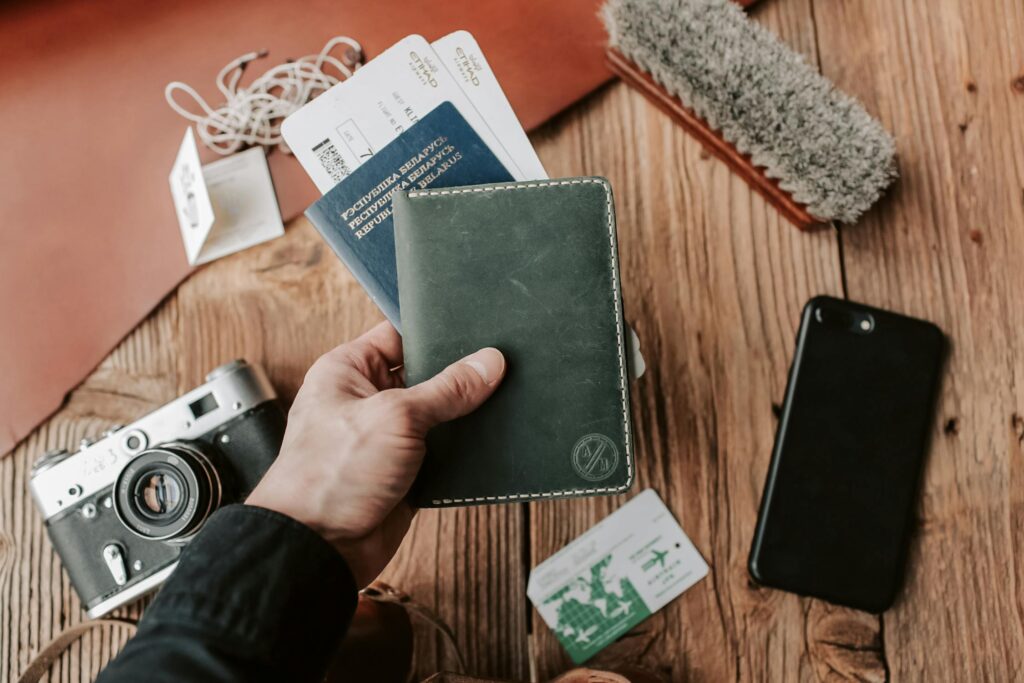
Traveling in style means having the right accessories that blend fashion with function. Whether you’re jetting off to a bustling city or a serene beach, the right travel gear can elevate your journey from ordinary to chic. Read More
Leave a Reply